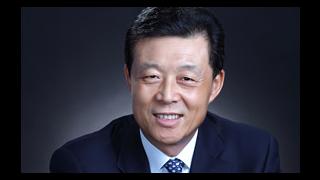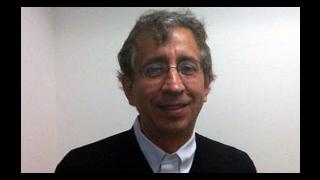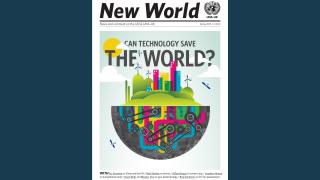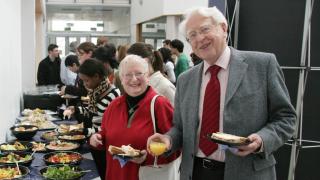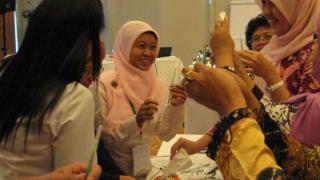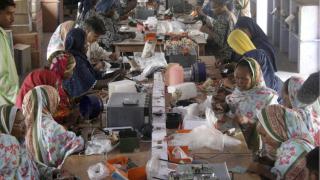
As New World goes to press, UNA-UK is celebrating the UN General Assembly’s adoption of an arms trade treaty. Agreed by an overwhelming majority, the treaty will regulate international transfers of conventional weapons, estimated to be worth around $70bn a year. While it does not incorporate all the provisions we campaigned for – on scope and reporting for example – the treaty prohibits transfers that risk arms being used to commit egregious abuses, making it harder for despots to acquire deadly weapons. After nearly 20 years of lobbying, we are delighted to have played a part in securing this life-saving agreement.
Throughout the process, UNA-UK and its partners pushed for the treaty to cover as wide a range of weapons as possible. This involved, to the distaste of many campaigners, breaking bread with arms industry representatives, to secure their support and to ensure that the weapons included in the draft text matched today’s technological realities. Indeed, along with swift ratification, we will need to call for regular updating of this list. At present, it excludes drones for instance, which, as Noel Sharkey outlines on page 8, pose deep challenges to international humanitarian law.
While Sharkey believes that drones, like landmines, require an outright ban, others point to their reconnaissance utility and potential to reduce civilian casualties. The argument reflects the central challenge of regulating new technologies: balancing hypothetical gains with risks that have not been fully explored.
On page 10, Jonathan Hutson highlights the role of satellite imagery in documenting atrocities, but this technology has also be used to help commit them. Citing the fierce debate about GM foods on page 19, Bhaskar Vira and David Nally conclude there is no such thing as “apolitical technology”.
Emerging technologies require sound policies to guide application and ensure protection. To achieve this, governments must work at the local and international levels. Raúl Zambrano is right to point out that developing-country innovators are leading the way in finding locally-appropriate solutions (page 18). But these are often hard to replicate and scale up. UN agencies can help nurture their development and share information and success stories.
Above all, there must be an enabling environment for inventiveness. This should include sensible immigration policies for scientists and engineers, as well as targeted support for least-developed countries, which are home to just 0.5% of the world’s researchers. Funding for ‘blue-sky’ research is also necessary.
Breakthroughs are often unexpected, arising from projects that appear to have no clear practical application. Lasers, for instance, began life as a scientific curiosity. Now they are used in homes, offices and hospitals. There are dozens of cutting-edge developments we could have featured in our cover story (pages 14-15), from nanoparticle paint that turns any surface into a solar panel to three-dimensional ‘printing’ of organ tissue.
Investment in science and technology must not suffer unduly from austerity measures. The big challenges facing us – climate, food and fuel, demography and security – all require scientists and innovators to work with policy-makers, industry and the public. Technology alone will not save the world. But coupled with fair, long-sighted policies, it can take us some way along the road.



